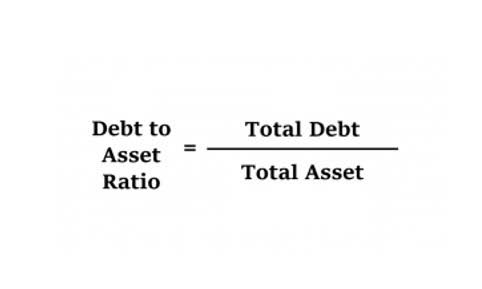
Closing entries are a fundamental part of accounting, essential for resetting temporary accounts and ensuring accurate financial records for the next period. This process highlights a company’s financial performance and position. In this https://www.facebook.com/BooksTimeInc/ guide, we delve into what closing entries are, including examples, the process of journalizing and posting them, and their significance in financial management.

What are the common items included in an income statement?

In order to cancel out the credit balance, we would need to debit the account. First, all revenues and expense accounts are transferred to the Income Summary account. The result, either net income or net loss, define the income summary account. is then transferred to the owner’s equity account. If the income summary account has a net credit balance i.e. when the sum of the credit side is greater than the sum of the debit side, the company has a net income for the period. Conversely, if the income summary account has a net debit balance i.e. when the sum of the debit side is greater than the sum of the credit side, it represents a net loss. Income summary effectively collects NI for the period and distributes the amount to be retained into retained earnings.

Accounts Receivable Ratios
This means that revenues and expenses are classified whether they are part of the primary operations of the business or not. Please ensure that all entries are correctly posted to the Income Summary account before we finalize the end-of-year financial statements. I imagine some of you are starting to wonder if there https://www.bookstime.com/articles/credit-memo is an end to the types of journal entries in the accounting cycle!
- Think about some accounts that would be permanent accounts, like Cash and Notes Payable.
- This represents the profit that a company has earned for the period, after taking into account all expenses.
- EBITDA is not normally included in the income statement of a company because it is not a metric accepted by Generally Accepted Accounting Principles (GAAP) as a measure of financial performance.
- In essence, we are updating the capital balance and resetting all temporary account balances.
- Revenues are the result of the company’s primary business activities.
- Closing journal entries are made at the end of an accounting period to prepare the accounting records for the next period.
Step 2: Close all expense accounts to Income Summary

It shows whether a company has made a profit or loss during that period. Notice that the Income Summary account is now zero and is ready for use in the next period. The Retained Earnings account balance is currently a credit of $4,665.
Ask Any Financial Question
- The balance in the Income Summary account equals the net income or loss for the period.
- With the income statement detailing the categories of revenues and expenses of a company, management is able to see how each department of a company is performing.
- For our purposes, assume that we are closing the books at the end of each month unless otherwise noted.
- Companies are required to close their books at the end of each fiscal year so that they can prepare their annual financial statements and tax returns.
- Imagine you own a bakery business, and you’re starting a new financial year on March 1st.
- Once the temporary accounts are closed to the income summary account, the balances are held there until final closing entries are made.
- Remember that the periodicity principle states that financial statements should cover a defined period of time, generally one year.
It can be a calendar year for one business while another business might use a fiscal quarter. Income summary is a holding account used to aggregate all income accounts except for dividend expenses. It’s not reported on any financial statements because it’s only used during the closing process and the account balance is zero at the end of the closing process. Temporary account balances can be shifted directly to the retained earnings account or an intermediate account known as the income summary account. If the Income Summary has a debit balance, the amount is the company’s net loss. The Income Summary will be closed with a credit for that amount and a debit to Retained Earnings or the owner’s capital account.
- The second entry closes expense accounts to the Income Summary account.
- No matter which way you choose to close, the same final balance is in retained earnings.
- This is closed by doing the opposite – debit the capital account (decreasing the capital balance) and credit Income Summary.
- Retained earnings are defined as a portion of a business’s profits that isn’t paid out to shareholders but is rather reserved to meet ongoing expenses of operation.
- This gives you the balance to compare to the income statement, and allows you to double check that all income statement accounts are closed and have correct amounts.
- If the account has a $90,000 credit balance and we wanted to bring the balance to zero, what do we need to do to that account?
Any balance left in the Income Summary account after the closing process is an error. The balance indicates the revenues and expenses were not properly closed. The purpose of the closing entry is to reset temporary account balances to zero on the general ledger, the record-keeping system for a company’s financial data. Let’s investigate an example of how closing journal entries impact a trial balance. Imagine you own a bakery business, and you’re starting a new financial year on March 1st. However, some corporations use a temporary clearing account for dividends declared (let’s use “Dividends”).
